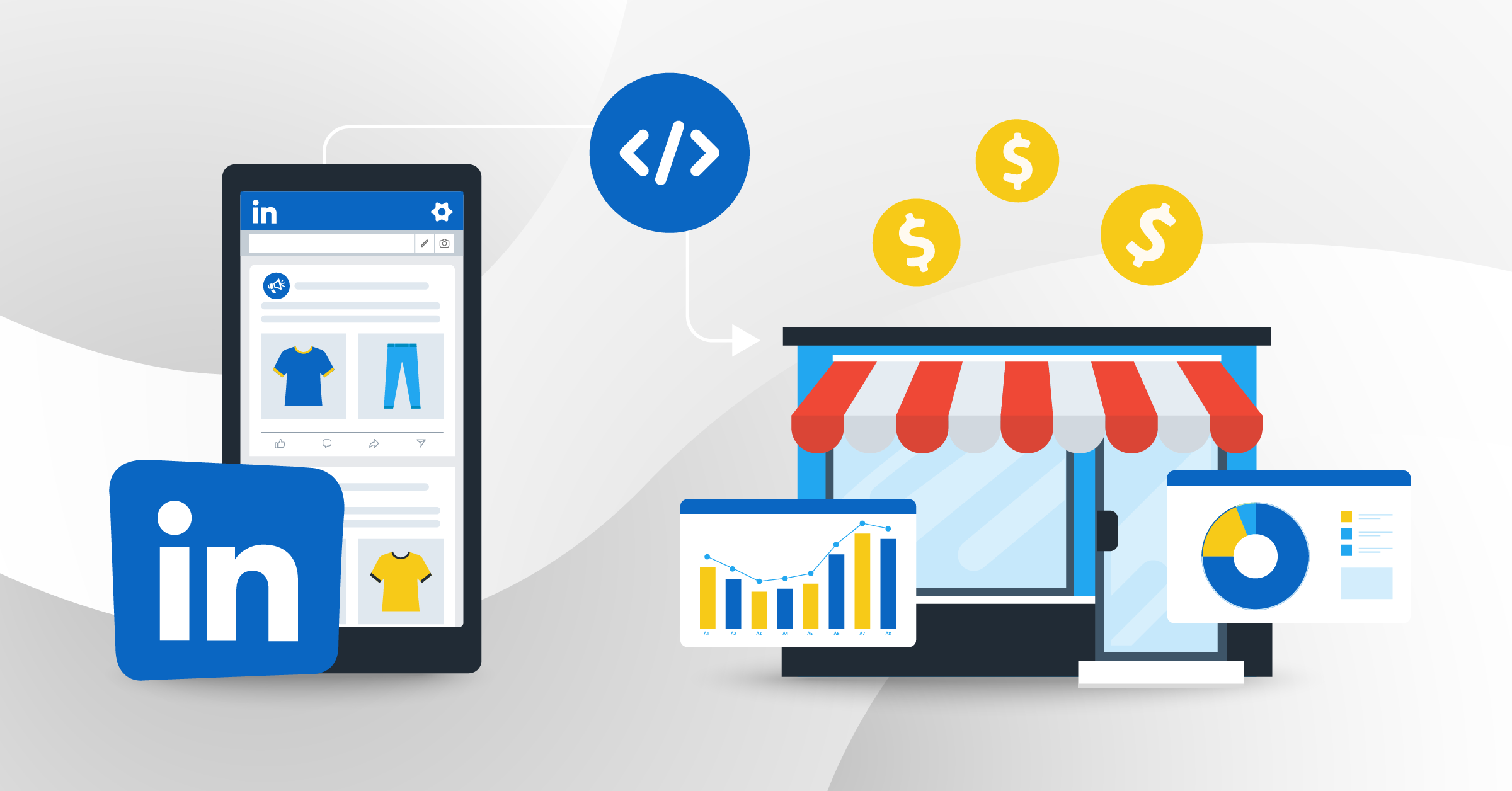
Depending on the size of your business, there’s a good chance that you make and receive many phone calls daily. It’s one of the many reasons why call center automation is becoming increasingly crucial and popular, helping companies optimize their workflows while improving customer satisfaction.
The types of calls made or received by your company will vary greatly. Some may be customer support calls. Others may be general inquiries. But when it comes to sales calls, do you have some form of sales call tracking? How can you track sales calls and use the information to improve performance and personalization?
What is sales call tracking?
Put simply, sales call tracking is a process where you take all the information and data from both inbound and outbound sales calls and analyze what you’ve collected. Just as real-time call center analytics are using data to improve performance, sales call tracking can do the same.
Why track sales calls?
Conducting a person search has always been a valuable skill for sales agents who need to find contact details for leads. But after that initial phone call, how do you know whether your outreach was successful? How can you help your sales team improve their pitch?
If sales are an important part of your business, knowing how to track sales calls can bring several benefits.
- Performance: By combining the tracking of sales calls with existing metrics such as conversion rates and call duration, you can easily see how teams and team members are performing. Through KPI reporting you can help identify who is doing well and where further training may be needed.

- Call quality: It’s not always about the metrics. You also want to know the quality of calls, and that means examining them closer. Are your agents friendly? Knowledgeable? Helpful? Tracking your sales calls can help you assess their quality.
- Managing leads: Ideally, you want your sales pipeline to have a continuous flow. With tracked sales calls, you can efficiently manage your leads, see where they are in your pipeline, and ensure no potential sales are missed out on.
- ROI tracking: You want a healthy ROI in all areas. Sales call tracking means you can calculate how much each call costs you and what returns you’re getting in terms of sales. You also need to think about “dead” calls, and you can use tools such as answer machine detection to identify many of these.
- Optimize the sales process: You’ll always want to improve and optimize various processes within your business. When it comes to the sales process, call tracking can help identify pain points or areas where bottlenecks occur so you can optimize them.
What should you look for in sales call tracking software?

If you’re searching for software or a platform that helps you track sales calls, you’ll want certain features, including:
- Call logs: Your chosen system should log ALL calls, including missed ones. This can help you analyze performance and calculate ROI.
- Inbound and outbound: The balance between these will vary according to your business model. Having an accurate overview of your calls—and their results—can help you improve the customer journey and identify training needs. In particular, outbound call center solutions can optimize how these calls are managed, ensuring your team efficiently handles lead follow-up and sales activities.
- Data collection: Customer data is invaluable. You want to know the effectiveness of any marketing campaign you run and be able to segment your customers into appropriate groups and personalize marketing and sales where possible.
- Dynamic management: Good sales call-tracking systems will help pinpoint the source of calls so you can assign dynamic numbers to regular customers or a particular geographical location.
- Analytics and reporting: There’s no point in collecting data with one tool and analyzing it with another. You want a system that does everything from one dashboard and integrates your various tools.
Additionally, integrating call center software into your tracking system can further enhance your ability to manage and analyze sales calls effectively.
What is the best way to track sales calls?
So, you can see that sales call tracking brings tangible benefits to your processes. You want a centralized system that will avoid the chances of SaaS sprawl happening. The next big question is, “How should you do it to get the best results?”.
1. CRM or call-tracking platform
You may already have a CRM (customer relationship management system) in place. If so, check if your CRM is suitable for tracking sales calls or if you can integrate a specialist tool. You may instead want a dedicated platform that can help you track all calls. If you like the idea of the latter option, look for the following features:
- Customer support: Let’s be honest. Some of these systems can be confusing, especially in the setup stage. Knowing you can call for assistance can be very helpful.
- Integrations: Think about both tools you already use and those you might want to add in the future. Being able to integrate those tools with your chosen platform can be crucial and cost-effective. For example, you can utilize automation tools like LeadsBridge to connect call-tracking software with your CRM. You can also connect advertising platforms, such as LinkedIn, Google, and Facebook, where you run lead generation campaigns to streamline your call-tracking workflow.
- Features: Ensure that any software or platform has all the features listed in the previous section. You can also look for extra features you feel you may need, such as the ability to track emails.
- Setup: While there may be customer support available to help you, you still want a system that’s relatively easy to set up.
- Interface: An intuitive interface can be a great help, especially if you’re looking to integrate different tools into the system.
2. Source, segment, and personalize
If you’re not ready to make the move to a dedicated platform or system, you can build a simple dashboard that collects certain information from your calls. This can allow you to not only identify where in the country your leads are coming from but also whether different locations have different wants and needs.
With this information, you may learn that customers in one particular area face high shipping charges, for example. With identified and segmented groups, you can then personalize marketing efforts targeted at that group to include reduced shipping costs.
Consider lead generation automation at this stage, too. Integrated platforms like LeadsBridge allow you to sync the leads you generate from lead generation ads on social media or form-builders on your CRM or call-tracking software.
3. Multiple lines
Another alternative to a dedicated system is to set up multiple lines. Then you could assign different numbers to different campaigns. These could be personalized and targeted to any groups you’ve previously identified and segmented. This can be a good tactic for a business in the early stages that doesn’t want to invest in a platform or software solution.
You can later analyze the data from each dynamic number to see how personalization tactics have worked. Next, you can make any adjustments to the associated campaigns to try and improve results.
What to do with your sales call tracking data
Once you have a large dataset, what should you be doing with it to improve metrics such as lead generation and conversions?
1. Segment and personalize
As we mentioned, this can be one of the primary uses you can make of call data. You may have 5,000 customers, or you may have 50,000, but being able to split that group into smaller subsets can be exceedingly useful when it comes to your marketing efforts. Once you’ve segmented groups, you can look closer at what the data says about them.
For example, you’ve identified one segment as showing a preference for in-depth information on products or services. You can then create how-to videos or informative blogs that give that segment what they want and help nurture them through your pipeline.
2. Improve customer experience (CX)
While your ultimate goal may be to improve sales and conversion figures, you need to consider the journey to those goals. If you track sales calls, you can improve the quality of the experience for every customer and learn how to better personalize that experience where you can. Good CX can be an integral part of your lead enrichment strategy.
If a customer has a positive experience, they’re more likely to show loyalty to your brand, leave good reviews, and recommend you to their family and friends. Identify any pain points and see what campaigns and/or channels are producing the best results so you can focus energy there.
The takeaway
Now that we’ve discussed how to keep track of sales calls, it’s clear to see that sales call tracking can bring you many benefits. This includes improvements to important metrics, such as sales and conversion rates.
The best way to track sales calls is to use a specialist platform, such as that offered by LeadsBridge, which offers you integrations that can connect your existing CRM or your main lead generation platforms to your call tracking software.























